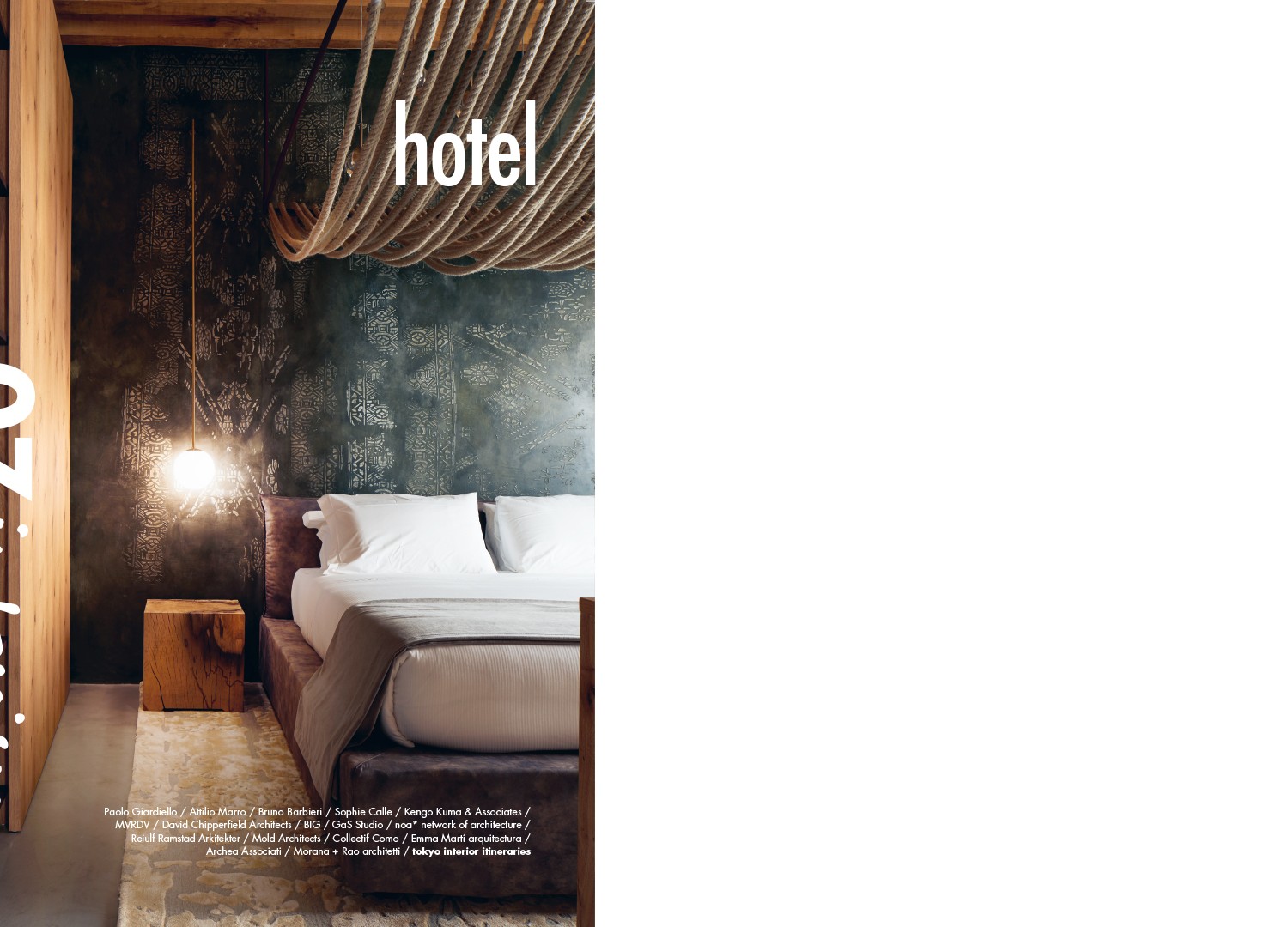
The art of hospitality consists of many skills that cannot be separated from the infrastructure that, in turn, houses them all. However, even without considering the content, the definition of the container requires such complex knowledge that its design makes it nothing less than a testing bench for the ability to manage and coordinate a variegated multitude of skills. Obviously the level of complexity increases alongside that of the hospitality offered, which can range from “simple” sleeping accommodations – but even that must become, itself, an “experience” nowadays – to places with a wide variety of interconnected services and opportunities like restaurants, bars, cafés, night clubs, gyms, a wellness center, spa, swimming pools, shops, ATM, conference rooms, a business center, a media center, coworking spaces, a video room, a game room, a children’s playroom, library, smoking room and many other amenities capable of enhancing and characterizing the guests’ stay. Particularly for the large hotel complexes, and for those projects in which the most important international brands and leaders of the hospitality market are involved, the input of many specialists is required. In addition to classical expertise such as systems and structural engineering, there is a need for interior designers and lighting experts, landscape gardeners for the greenery, food and beverage experts, fire and safety experts, spa personnel and laundry consultants – even to experts of every other type that obviously will not exclude graphic projects and internal signage. It is also important to note that, while for a project that will be a tourist hotel, every effort should be made to offer an original experience of the location visited, and thus the general idea should tend to valorize the identity and specific cultural character of the context, when it comes to so-called business hotels, the concept of repetitiveness is generally appreciated, so that the user who travels for business knows that he or she can always expect to find the same features of comfort and service regardless of the surrounding conditions. In recent years, other types of hotels have become popular, like boutique hotels which, on the contrary, exploit their small size to offer an atmosphere of domesticity and privacy, emphasizing the particularities of the place and architecture to make the experience and the originality of the stylistic aspect the key to their appeal to a curious guest who dislikes crowded places and prefers that intimacy that the large hotels necessarily lack. In these cases, the architect, with his vision of interiors, is given the task of developing the project in toto, developing a plan where creativity takes precedence over specialisms compressed into a microcosm, in which everything is focused on attention to detail, on the construction of an idea of hospitality centered on conveying the comfort of home to other environments, with the addition of details, experiences and visions that are expressed through unexpected stories and legends. Basically, it’s what we’dall love to have: a home waiting for us wherever we go.
Download cover
Download table of contents
Download introduction of Marco Casamonti


